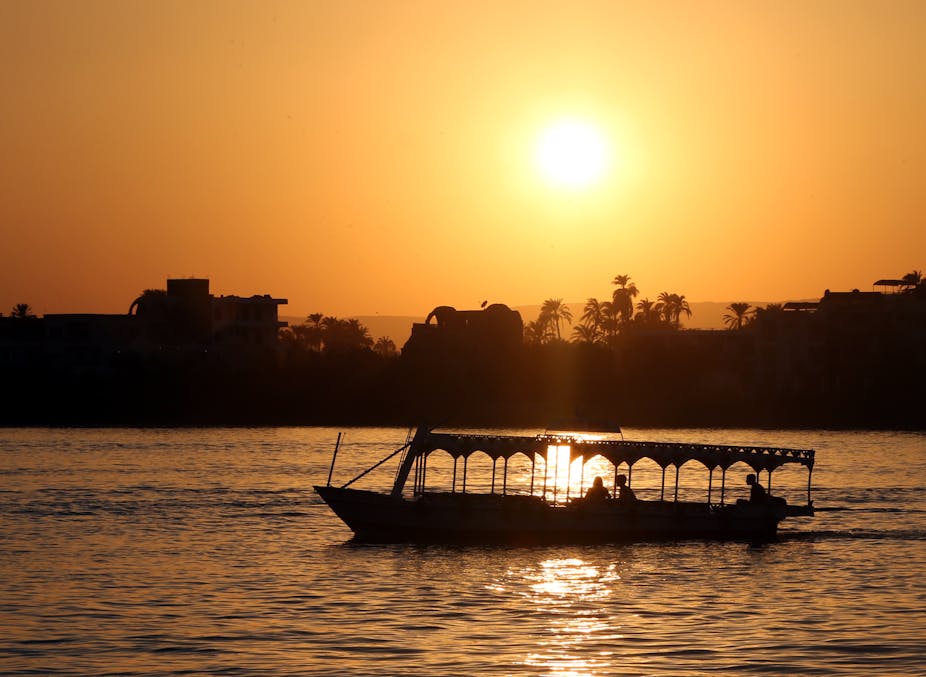Living with the Legacy of Colonialism
Grasping insights from the Nile again...

Photo credit: EPA-EFE/Khaled Elfiqi
The legacy of the British empire is evident in the current political disputes over the Nile basin. Great Britain highly valued Egypt’s agricultural potential. Following Egypt’s independence, the 1929 agreement aimed at preserving ‘national irrigation resources’ while binding ‘British-controlled upstream riparians to respect those interests’. Although the legitimacy of Egypt’s control over the river is now called into question, the riparian nations have long operated under a legal order designed by foreign colonial powers. The agreement ‘unfairly endangered the national development plans of the riparian countries’. As a result, ‘the dominant legal structure for allocations of the Nile’s water is still primarily shaped by the colonially-imposed and outdated Nile Waters Agreements’.
Daniel Berkowitz, Katharina Pistor and Jean-Francois Richard introduced the concept of the ‘transplant effect’, where a new legal order is imported by other countries, here through colonization. On the one hand, such transplantation was well received in Egypt because it matched the local demand and generated benefits and opportunities. On the other hand, the other riparian countries now reject the imported law, which ‘weakens the effectiveness of the imported legal order’. It is reflected in today’s political controversies over the 1929 agreement. Past colonial enterprises created and still feed today’s grievances.
Manifestations of a hidden history...
The legacy of colonialism manifests in contemporary disparities and challenges across the continent.
The case of Dar Es Salaam, the capital of the former Tanganyika territory, illustrates how the choices made during the colonial era had long-lasting consequences in terms of access to water. Dar Es Salaam, under British rule, was divided into zones. Zone I was restricted to colonizers’ residences and settlements. Zone II included commercial quarters. Africans were sent to Zone III, which could be described as ‘a parcel of land which did not have direct access to either the ocean or the harbour and which was separated from the rest of the town by an empty, sanitary corridor’.

James R. Brennan (2012) Taifa: Making Nation and Race in Urban Tanzania
Water infrastructures were planned to prioritize water provision to British neighbourhoods. Colonial city planning in Dar Es Salaam mirrors patterns of segregation and racial divisions, where British residential and administrative areas were provided with piped water systems. At the same time, Africans had to rely on public access points. In African neighbourhoods, ‘water systems mimicking rural water both constructed and reinforced African identity as rural-oriented’, which still echoes in today’s mainstream perceptions of the continent and its populations. In addition, ‘officials assumed that only Europeans would want, or be able to afford, a flush toilet’. By deciding where investments would be made, the United Kingdom delimited the boundaries of urban and rural areas, the line beyond which unplanned settlements would extend, and who and where water is ‘needed’ and ‘deserved’.
The current disparities in accessing water have historical components, and the colonial past of Africa shaped its development.


Commentaires
Enregistrer un commentaire